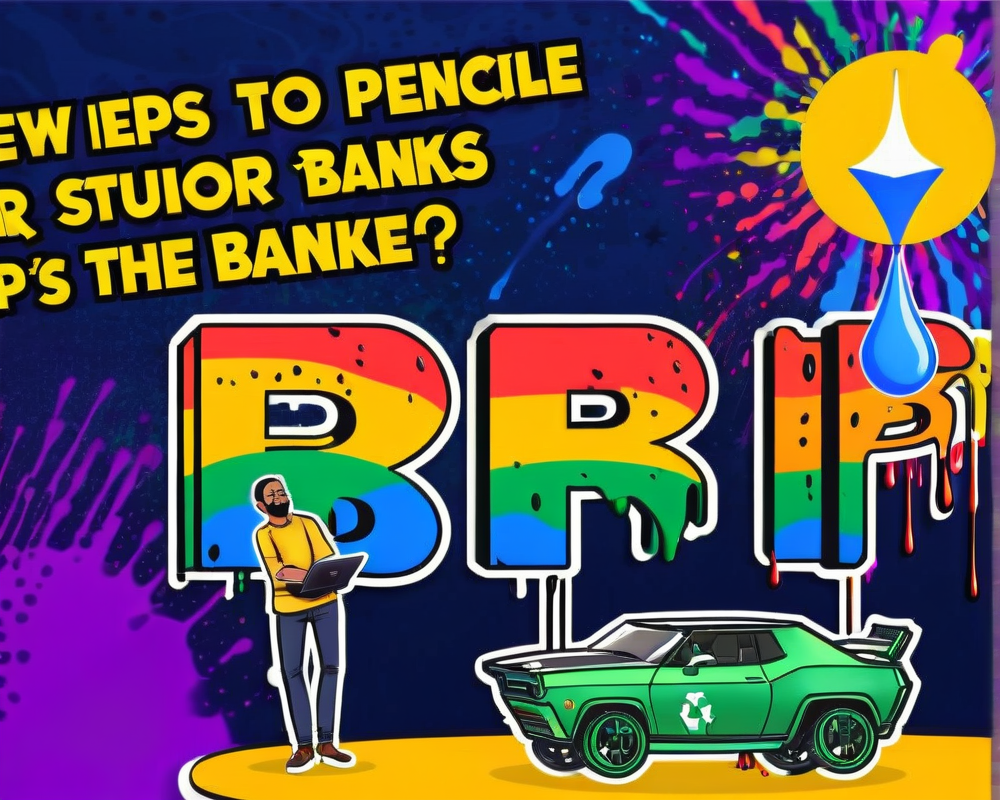Understanding the Reluctance
In a candid conversation on Twitter, David Schwartz, the Chief Technology Officer of Ripple, shed light on the underlying reasons for banks’ hesitations in adopting XRP for cross-border transactions. Despite the innovative nature and potential benefits of using XRP, several hurdles have impeded its acceptance in mainstream banking.
Regulatory Uncertainties
One of the major obstacles Schwartz pointed out is regulatory uncertainty. The financial world loves its rules and regulations; when a new player like XRP enters the stage, institutions feel like they might be stepping onto a tightrope without a safety net. Banks are understandably cautious about integrating a currency whose regulatory status is murky.
The Last Mile Dilemma
Next up is the last mile problem. Imagine navigating a maze; it’s easy to get lost or give up midway. This concept refers to the challenges banks face in making the final connections to their existing systems when utilizing XRP. If the infrastructure isn’t ready, no amount of digital currency can bridge the gap.
Fear of Reprisals
Then there’s the fear of reprisals from existing partners. Banks often have existing relationships with traditional payment systems and might worry that adopting XRP could upset the apple cart. It’s a classic case of “if it ain’t broke, don’t fix it,” where they prefer to stick with known quantities rather than gamble on new tech.
A New Product Takes Time
Furthermore, as Schwartz noted, adopting something as groundbreaking as XRP takes time and momentum. People are creatures of habit, and banks are no different. The more established systems might be reluctant to pivot towards something new, especially when it comes to their bread and butter: transferring money securely.
The Market’s Current State
All these factors come together during a rough patch for XRP, which is down 18.6% this year and a staggering 90% from its all-time highs. As if that weren’t enough, the cryptocurrency faced further setbacks when PayPal decided not to include it in their offered cryptocurrencies, and they are now embroiled in an intellectual property lawsuit over a payment standard.
A Reflexive Reminder
Interestingly, Schwartz’s history with cryptocurrencies includes selling 40,000 Ether at a mere $1 each back in 2012. It serves as a reminder that the cryptocurrency world is a wild rollercoaster ride, with thrills for some and chills for others!




